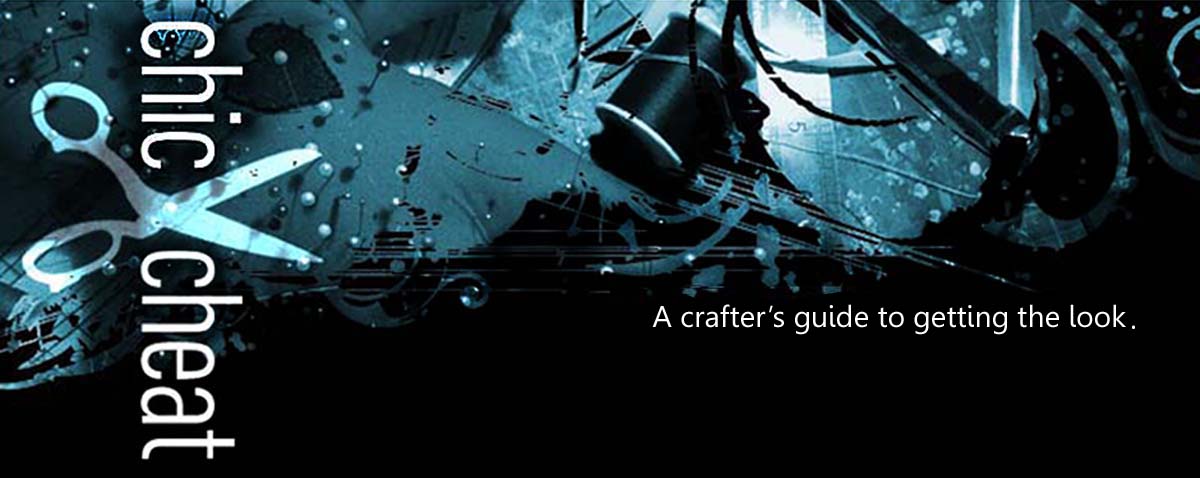You will need
NB: I used Dylon intense violet dye, so I'm going to write my tutorial according to the directions I was given.
The shirt was a £2.50 charity shop bargain - I just thought you should know!
Difficulty
Dyeing
Very easy
Am I telling you anything you don't know? It's no wonder dip dyeing's been a hit on the DIY blogs!Reconstructing
Moderate
Sadly, this part entails sewing and can be time-consuming especially if, like me, you spent your Sunday afternoon teaching yourself how yokes and back panels on shirts are constructed! Also, not that I'm hesitant to give a precise difficulty or time for this part because you can try this project with any garment; all garments and panels are constructed differently and require different amounts of technical skill to sew together.
Time
Dyeing
A 15-minute process with a 45-minute wait, plus about half an hour of drying time if you use a hair dryer. Failing that, you would need to do the project in two stages and leave the fabric to dry overnight.Reconstructing
The back panel took me a few hours to unpick and another two hours to sew back together after dyeing.Fancy a dip?
Unpick the back panel of your shirt, or whichever panel of whichever garment you intend to use. Don't try to cut it - the seam allowance needs to be intact.
If you're using Dylon fabric dye, dampen your fabric, follow the mixing instructions and dip the desired areas of fabric into the dye. If you're wondering what the silver rounded entity is in the background, it's a plug - I mixed mine in the shower to avoid cataclysmic accidents with very scary, very permanent dye and would recommend that you do the same, hence why I left that little detail in and didn't crop it out.
Dip the entire area(s) you want to cover into the mixture, keep stirring and prod it with a stick. I took the lighter graduating bits out after five minutes and left the remaining fabric in for a further ten, whilst still prodding, because I was told to do so in the dye instructions. And because sometimes I just like to poke things with a stick! I left it for a further 45 minutes before pouring the mixture away, bleaching the area like a woman possessed and rinsing the fabric in cool water to get rid of the excess dye.
Sew the shirt panels back together. Don't worry too much about re-sewing the felled seams, as they're a lot of hassle and I'd describe a shirt of this nature as being more of the aesthetic persuasion than of the hard-wearing variety.
I finished mine off by sewing a faux leather trim across the bottom of the yoke, just to give it a rock 'n' roll ('n' you know, leathery) edge. This part is optional and very versatile. Rather add fringing or embroidered trim? Hey, it's all good!





























